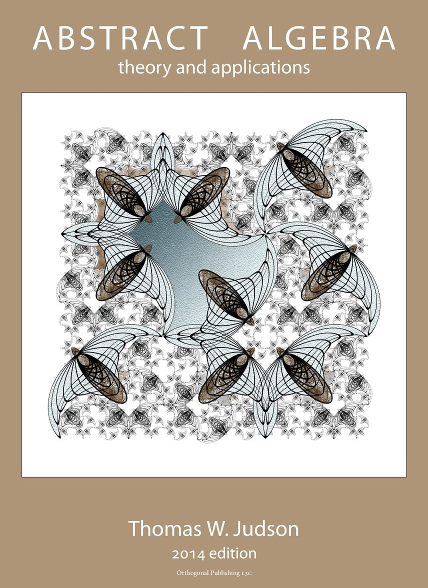1. True/False.
True.
- The vector space of all polynomials with finite degree has a basis, \(B = \{1,x,x^2,x^3,\dots\}\text{,}\) which is infinte.
False.
- The vector space of all polynomials with finite degree has a basis, \(B = \{1,x,x^2,x^3,\dots\}\text{,}\) which is infinte.
Every vector space has finite dimension.
Hint.
\(P_n\text{,}\) the vector space of polynomials with degree at most \(n\text{,}\) has dimension \(n+1\) by Theorem 3.2.16. [Cross-reference is just a demo, content is not relevant.] What happens if we relax the defintion and remove the parameter \(n\text{?}\)

